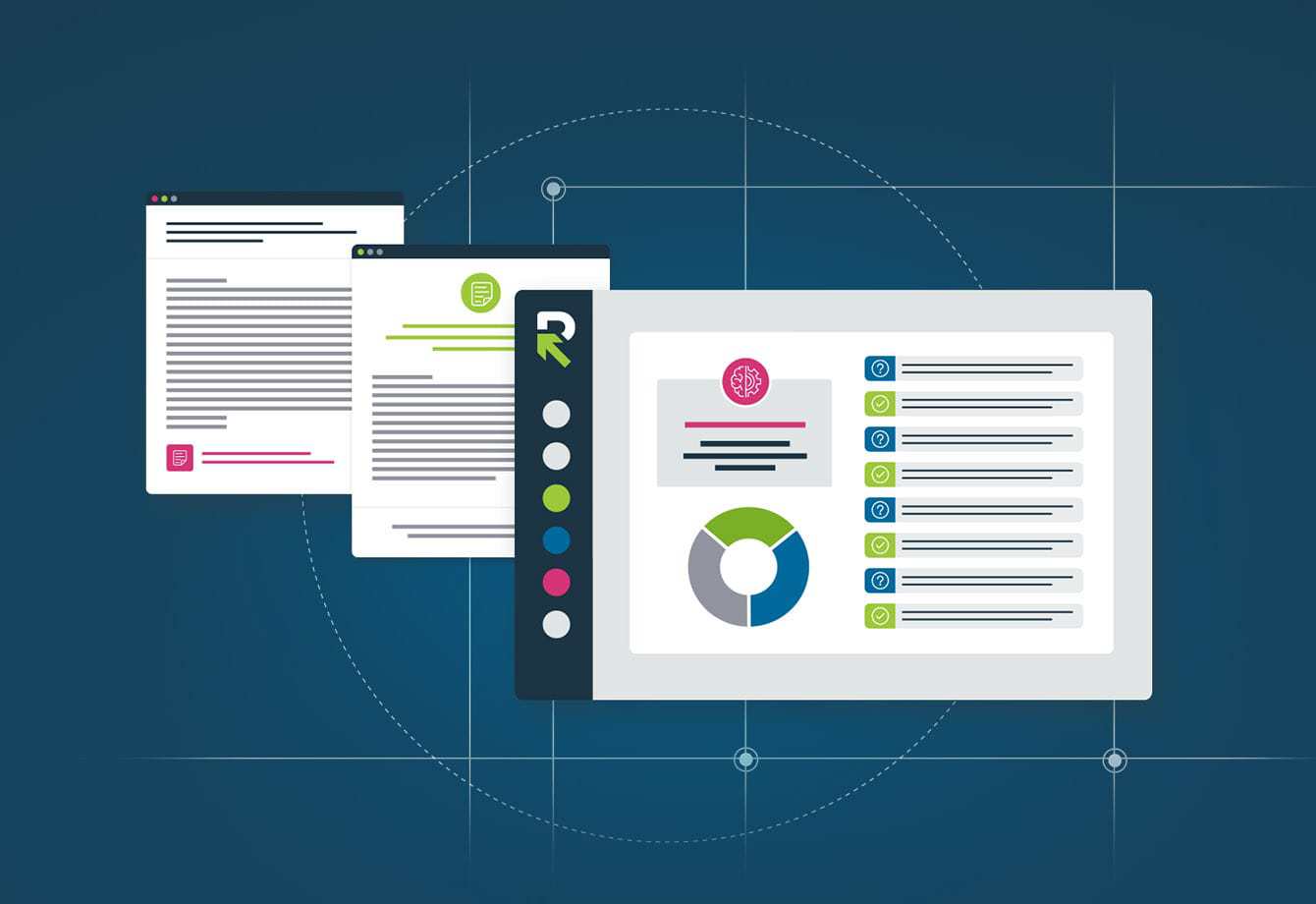
Start Responding Like a Pro
The Responsive blog is full of insights and best practices, giving you the tools you’ll need to streamline your process and respond with confidence.
Featured Post

Tender management explained
Product & Best PracticesWhen a business, nonprofit organisation, or government agency needs to make a major purchase, such as materials required to manufacture […]
Category: Tag: Bids and tenders automation

See how it feels to respond with confidence
Why do 250,000+ users streamline their response process with RFPIO? Schedule a demo to find out.